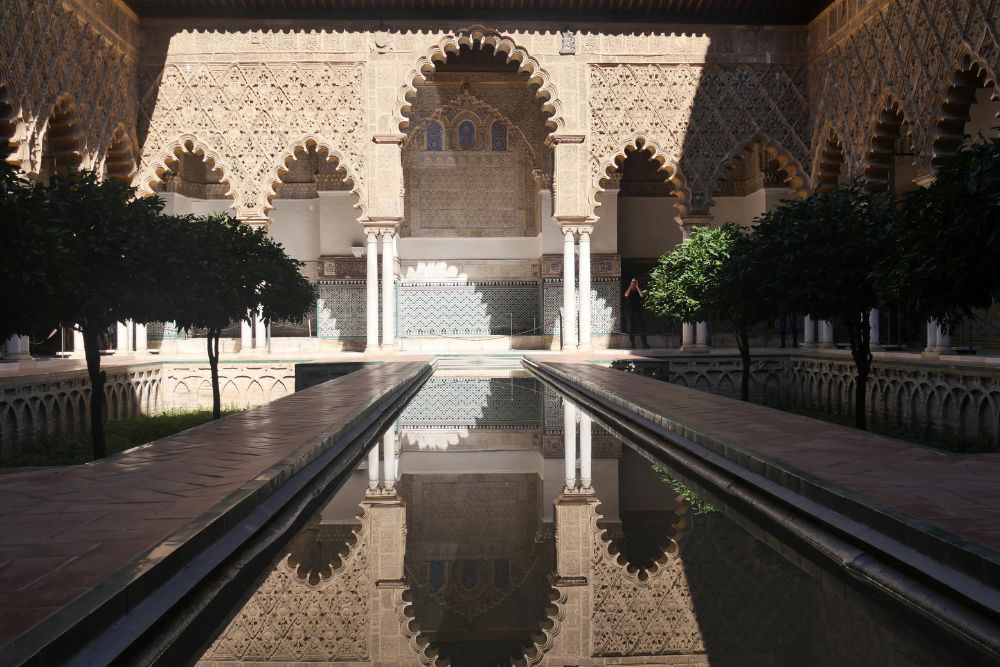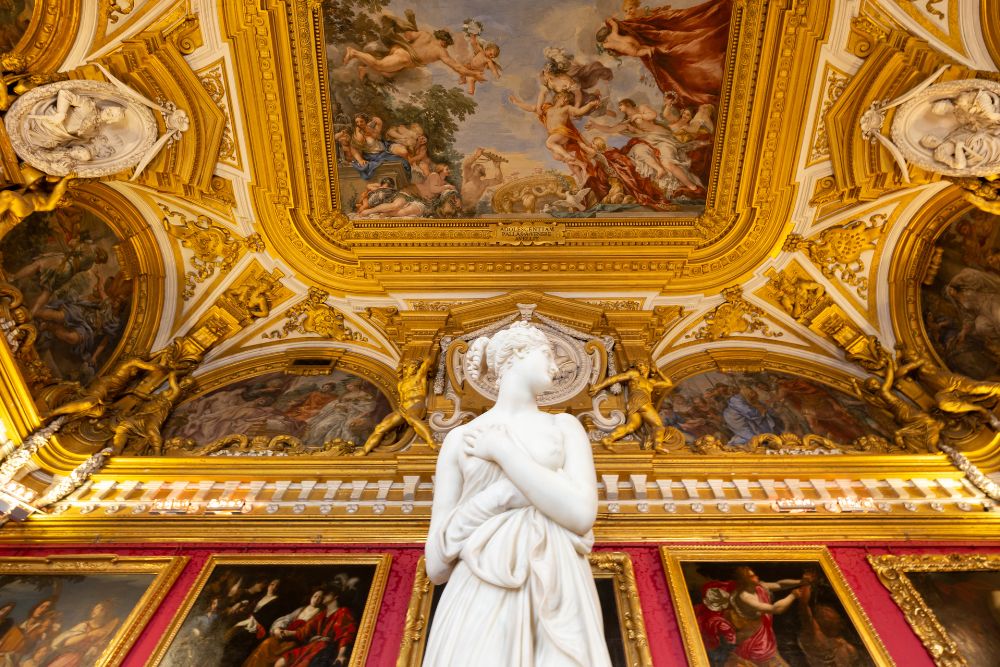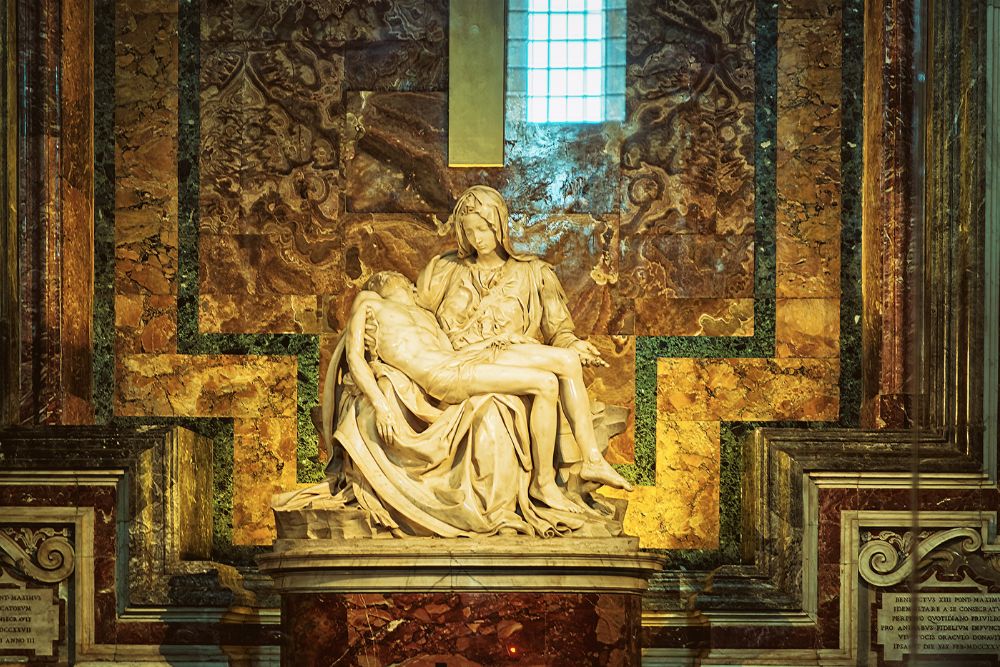
Aragonese Influence on Italian Culture
The Aragonese influence on Italian culture is a captivating chapter in Italy's rich history, marked by significant contributions to art, architecture, language, and politics. Aragonese rule in parts of Italy during the late Middle Ages and the Renaissance era had a profound impact on the Italian peninsula, leading to a cultural amalgamation that continues to shape the nation's identity. In this article, we will delve into the profound impact of Aragonese rule on Italian culture, examining key areas where their legacy endures today.
Aragonese Rule in Italy
To understand the influence of the Aragonese on Italian culture, we must first explore the historical context of their rule. The Aragonese dynasty, originally hailing from the northeastern region of Spain, extended its dominion over various parts of Italy during the late Middle Ages and the Renaissance. The Aragonese presence in Italy began with the conquest of the Kingdom of Sicily in the 15th century, which eventually merged into the Kingdom of Naples.
One of the defining moments in Aragonese history in Italy was the reign of Alfonso V of Aragon, who ruled the Kingdom of Naples from 1442 to 1458. Alfonso V, known as "The Magnanimous," played a pivotal role in shaping the Aragonese cultural influence on Italy, fostering a period of intellectual and artistic flourishing.
Aragonese Influence on Italian Art
The Aragonese dynasty left an indelible mark on Italian art, particularly in southern Italy and Naples. Alfonso V of Aragon, a patron of the arts and learning, invited renowned artists, scholars, and architects to his court. This resulted in a cultural renaissance known as the "Neapolitan Renaissance."
One of the most celebrated artistic achievements of this era is the "Triumph of Death," a fresco cycle in the Certosa di San Martino, a Carthusian monastery in Naples. Painted by the Catalan artist Antonio Solario, known as "Lo Zingaro," the frescoes depict a haunting yet mesmerizing vision of the afterlife. This work exemplifies the blending of Aragonese and Italian artistic traditions, showcasing the dynamic cultural exchange that took place during the Aragonese rule.
Furthermore, the Aragonese influence can be seen in the architecture of Naples and the surrounding areas. The Aragonese Castle in Naples, perched on a seafront islet, is a prime example of Aragonese military architecture. The castle's imposing structure, with its sturdy towers and fortified walls, reflects the strategic importance of Naples during the Aragonese rule.
Aragonese Impact on Italian Language and Literature
The Aragonese presence in Italy also left a lasting impact on the Italian language and literature. During their rule, the Aragonese court in Naples became a hub of cultural and intellectual activity. Scholars and writers flocked to Naples, contributing to the development of the Italian language.
The Aragonese influence is particularly evident in the works of early Italian humanists, such as Giovanni Pontano and Jacopo Sannazaro, who were part of the Neapolitan court. These writers integrated elements of the Aragonese dialect into their literary works, leading to a blending of linguistic traditions. This linguistic fusion played a crucial role in the evolution of the Italian language, contributing to its richness and diversity.
Additionally, the Aragonese dynasty's patronage of literature resulted in the production of important literary works during their rule. Jacopo Sannazaro's pastoral poem, "Arcadia," is a renowned example of the literary output from this period. This work, composed in the Neapolitan dialect, played a significant role in the development of pastoral literature and influenced subsequent generations of Italian writers.
Aragonese Influence on Italian Politics and Governance
The Aragonese rule in Italy had a substantial impact on the political and governance systems of the Italian states under their dominion. The Aragonese monarchs introduced administrative reforms that contributed to the modernization of the Italian states they ruled.
Alfonso V of Aragon, in particular, is credited with establishing a more centralized and organized form of governance in the Kingdom of Naples. His efforts to streamline administration and promote justice laid the foundation for more efficient governance in the region. The Aragonese legal code, known as the "Alfonsine Constitutions," served as a model for legal reforms in Italy and influenced the development of modern legal systems in the region.
Legacy in Modern Italy
The Aragonese influence on Italian culture continues to resonate in modern Italy. While Aragonese rule eventually gave way to other foreign dominions, their legacy remains visible in various aspects of Italian life.
In terms of art and architecture, the Neapolitan Renaissance left an enduring impact on the city of Naples. The Certosa di San Martino and the Aragonese Castle are still standing, serving as cultural landmarks that attract visitors from around the world. The architectural styles and artistic traditions influenced by the Aragonese continue to inspire contemporary Italian artists and architects.
In language and literature, the Neapolitan dialect influenced the development of the Italian language. Although Italian as a standardized language was primarily shaped by the Tuscan dialect, the contributions of the Aragonese to linguistic diversity and regional dialects are acknowledged and celebrated in Italy today.
Furthermore, the Aragonese legal reforms have had a lasting impact on the governance and legal systems of Italy. The principles of justice, equality, and the rule of law introduced during Aragonese rule continue to underpin the legal framework of modern Italy, emphasizing the enduring legacy of Aragonese governance.
Conclusion
The Aragonese influence on Italian culture is a testament to the power of cultural exchange and intellectual collaboration. Their rule in Italy during the late Middle Ages and the Renaissance era left an indelible mark on art, architecture, language, literature, and governance. The Neapolitan Renaissance, in particular, stands as a remarkable period of cultural flourishing that has shaped Italy's cultural identity to this day. Understanding the profound impact of the Aragonese on Italian culture allows us to appreciate the intricate tapestry of Italy's history and heritage, which remains vibrant and relevant in the contemporary world.







